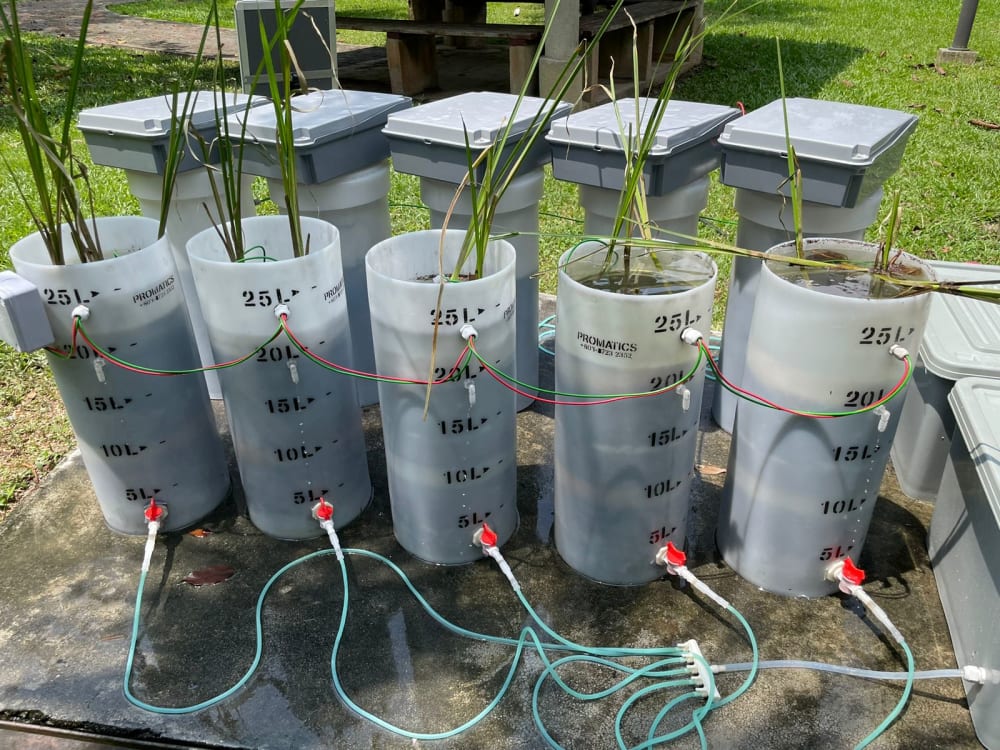Microbial fuel cells (MFCs) are technologies that turn the chemical energy found in organic materials into electrical energy by using microorganisms. They are under the category of bio-electrochemical systems (BES), which are capable of producing power from a variety of organic wastes, including wastewater, agricultural waste, and even human faeces.
An anode (the electrode where oxidation takes place), a cathode (the electrode where reduction takes place), and a membrane between the two electrodes are the fundamental parts of a microbial fuel cell. When the microbes oxidize the organic material while linked to the anode, they liberate protons and electrons. While the protons flow through the membrane to the cathode, where they combine with oxygen to produce water, the electrons are transmitted to the anode, producing an electrical current.
Certain bacteria can transfer electrons directly, without the aid of a mediator, to an electrode surface, such as the anode in a microbial fuel cell (MFC). This process is known as direct electron transfer (DET). To transfer electrons from the microbial cell to the electrode, the bacteria have the ability to produce extracellular electron transfer proteins, such as c-type cytochromes. This permits the bacteria to oxidize organic materials and transport the resultant electrons to the electrode, creating an electric current.
Our project research intends to investigate the performance of electrical energy efficiency of microbial fuels cells.
1. What is the effect of the electrode material used, among conductors, on the voltage produced in Microbial Fuel Cells?
2. How does the voltage change when scaling up the experiment from 750ml to 25 L?
3. How does the composition of the feeding solution affect the growth of electrogenic bacteria (EB) and its subsequent effect on voltage production in the MFCs system?
Like this entry?
-
About the Entrant
- Name:Selaka Kaluhendiwela
- Type of entry:individual
- Patent status:none

